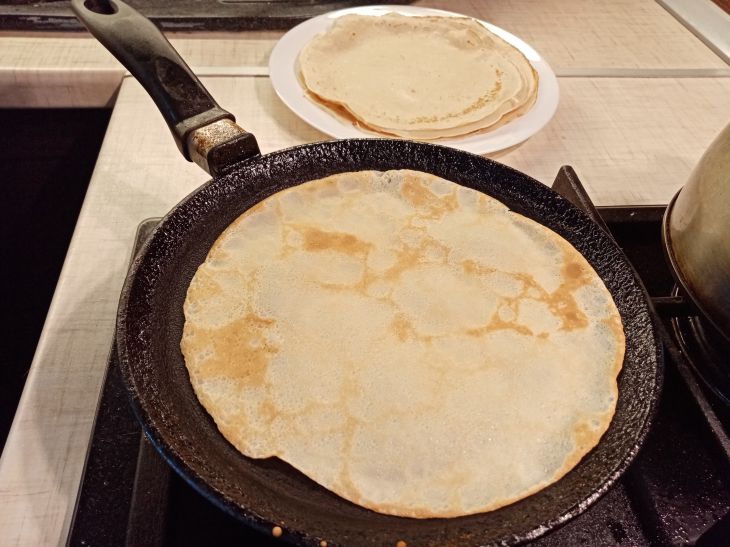What Milk to Use When Making Pancakes: Tricks from Experienced Chefs
When making pancakes, most people do not pay due attention to the ingredients that are used.
Everyone should understand that milk is the basis of pancakes. Therefore, it is worth examining several tricks of using milk and options for replacement.
Expert of the online publication "BelNovosti" Yulia Arkhipova , a cook and fourth-class baker, told how to act correctly in this case.
Whole milk
It contains about 3.5% fat, which makes the pancakes soft and tender. The fat in the milk helps distribute heat more evenly, making the pancakes golden and delicious.
Skim
Skim milk (less than 1% fat) is a good option for those who watch the calorie content of their dishes. Such pancakes will be less caloric, but will still retain their lightness and airiness.

Low Fat
Low-fat milk (1-2%) is a compromise between whole and skim milk. It retains enough fat to improve the texture of pancakes, but has fewer calories.
Coconut
Coconut milk gives pancakes a unique exotic aroma and taste. It is suitable for those who follow a vegan diet or have lactose intolerance.
When using it, it is important to consider its fat content. To make the pancakes more airy, you can mix it with a small amount of water.
Almond
Almond milk is a great choice for those with lactose intolerance or milk protein allergies. It gives pancakes a slightly nutty flavor that many people enjoy. It also adds an unusual flavor that is sure to please.
Almond milk has a thinner consistency, so you can add a little flour or starch to achieve the desired consistency of the dough.
Soybean
Soy is rich in protein and is a good choice for those looking for an alternative to cow's milk. It adds density and richness to pancakes, making them a great choice for a hearty breakfast.
However, it is important to understand that its structure is different, so it makes sense to be rational.
Earlier we talked about why cutlets need to be made rectangular .
